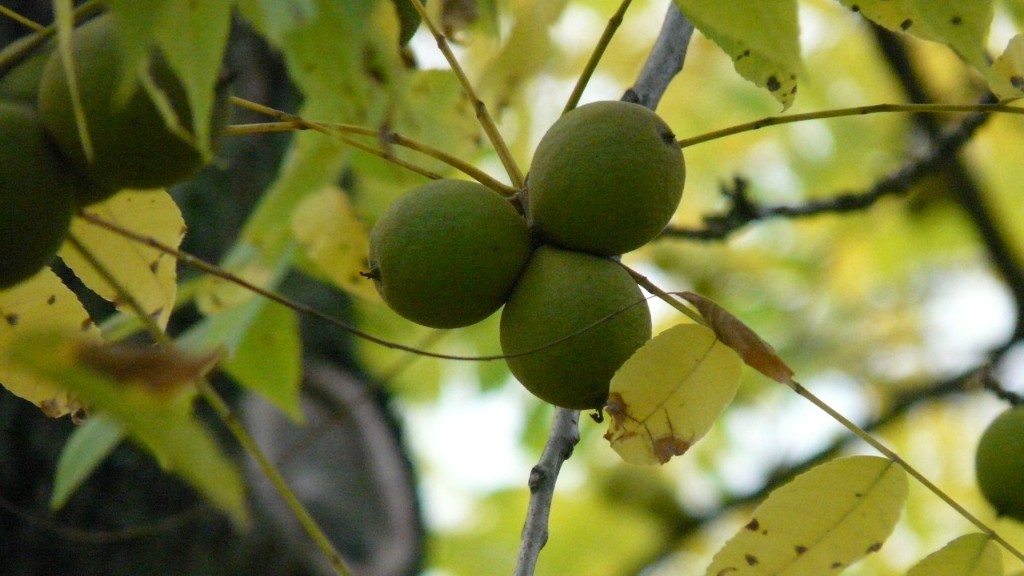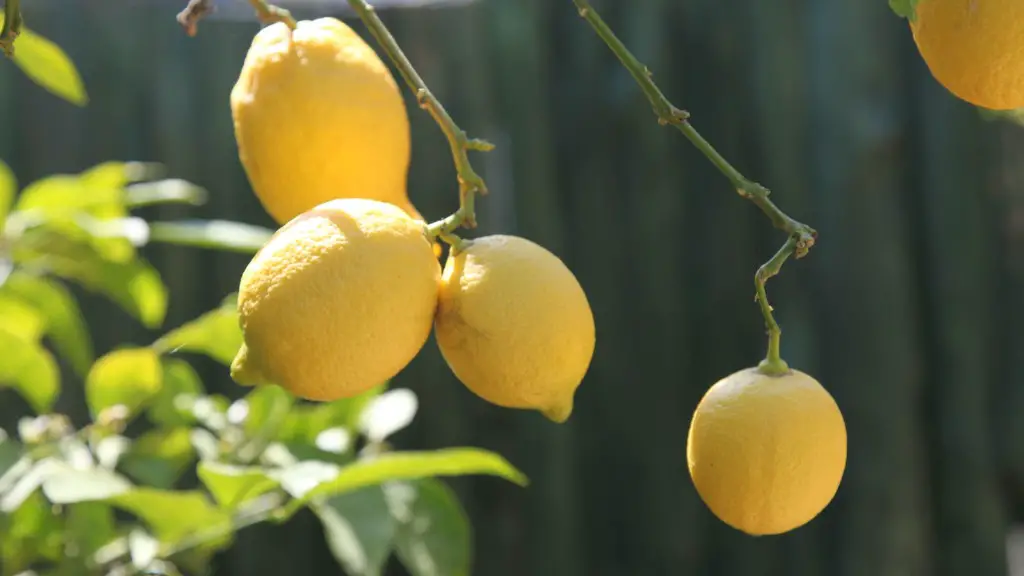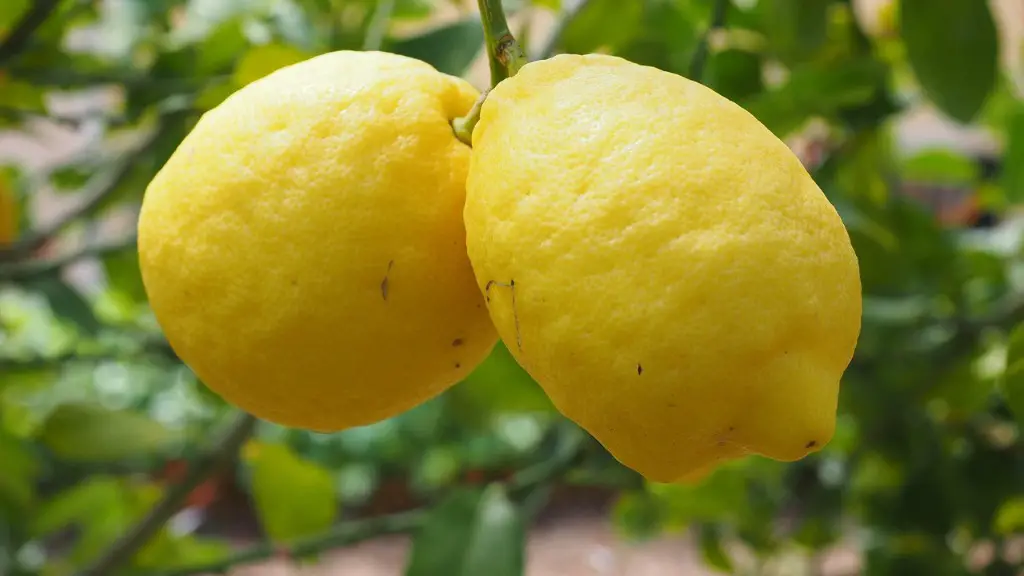Introduction: What Is Palm Tree Removal?
Palm tree removal is the process of removing an existing palm tree. It involves cutting the tree down to a manageable size and then digging down to the base of the trunk to remove the entire tree. It involves the use of heavy machinery, such as a backhoe or crane, to be able to lift the tree from its roots and transport it away from its current location. Depending on the size of the tree, it can be a time consuming and labor intensive job. Because of this, it is important to ensure that you have the skills, equipment, and time to do the job properly. Additionally, removing a palm tree can be hazardous, as it may require working with large trees in close proximity to other objects, such as power lines.
Steps To Remove and Replant a Palm Tree
1. First, the surrounding area of the palm tree should be cleared to ensure that no other plants or objects are in danger during the removal process. Additionally, the palms should be inspected for diseases or pests that may affect their health after they are replanted.
2. Next, the tree should be cut down to a manageable size using a chainsaw, handsaw, or pole saw. It is important to be careful while cutting as the trunk of a palm tree can be quite thick and can cause serious injury if not handled properly.
3. After the tree is cut to a manageable height, it is time to remove the root system from the ground. This can be done with a backhoe, shovel, or even a small root pick. It is important to take special care to not damage the surrounding roots of other trees or plants, so be sure to be aware of the root system nearby.
4. Once the roots are out of the ground, it is time to remove the tree from its current spot and transport it to its new home. This can be done with the help of a forklift or other type of heavy machinery. The tree should be securely tied down on the equipment it will be transported on. It is important to be mindful of the weight of the tree and the stability of the equipment.
5. Once the tree is securely in place, it is time to dig the new hole for the replanted tree. The hole should be dug to twice the width and twice the depth of the tree’s root system. It is important to add fertilizer and other nutrients to the hole, such as compost or peat moss. This will help the tree transition to its new environment quicker.
6. After the new hole is dug and the nutrients are added, the tree should be carefully lowered into the ground. The soil should be back-filled around the roots and then watered thoroughly. This will ensure that the tree gets off to a good start when it begins to settle into its new location.
7. Finally, the palm tree should be mulched with a thick layer of mulch. This will help retain moisture and keep weeds from growing around the tree. Additionally, a stake should be put in place to help keep the tree steady as it grows and establishes itself.
Important Things To Consider When Removing and Replanting A Palm Tree
Before beginning the process of removing and replanting a palm tree, there are a few important things to consider. First, the existing tree should be inspected for signs of disease or pests. This can help to ensure that the tree is healthy and in good condition to be replanted successfully.
It is also important to consider the type of soil that the tree will be planted in. Different types of palm trees will require different types of soil to thrive. For example, some trees may require a sandy soil or acidic soil, while others may need soil that is more clay-like. If this is the case, it should be taken into consideration before the replanting process begins.
Additionally, it is important to research the type of palm that is being replanted. This can help to determine how much water the tree will require, how much exposure to sunlight it should get, and how to take care of it in the future. Knowing these things beforehand can help ensure a successful replanting process.
Finally, it is important to consider the climate in which the tree is being replanted. The type of palm tree should be chosen based on the climate in which it will be living. This will ensure that the tree can adjust and grow properly.
Safety During Palm Tree Removal and Replanting
It is important to take safety precautions when removing and replanting a palm tree. When cutting the tree, be sure to wear the correct safety gear such as gloves, goggles, and a hard hat. Additionally, ensure that the building materials and machinery is well maintained and in proper working order before operating it.
It is also important to keep people away from the palm tree during the removal and replanting process to prevent injury. Additionally, if using heavy machinery or tools, such as a saw or forklift, it is important to be mindful of the height and size of the equipment and people.
Finally, it is important to practice caution when digging the hole for the replanted tree. Ensuring that there is no damage to the surrounding root systems and plants is crucial. Additionally, be sure to avoid digging in areas where water, gas, or other lines may be located, which can lead to serious injury.
How To Store A Palm Tree
When transporting a palm tree from one location to another, it is important to store the tree properly. The tree should be stored in a cool, dry area with enough ventilation to ensure that it does not overheat. Additionally, the tree should be stored away from direct sunlight and any sources of heat such as furnaces or fireplaces.
It is also important to ensure the tree stays put during the transportation process. It should be tied down securely to avoid any damage while in transit. Additionally, it is important to check the temperature of the area in which the tree is stored, as some types of palm trees are sensitive to cold or hot temperatures and can suffer damage if exposed to extreme conditions.
Finally, when storing a palm tree, it is important to cover it with a tarp. This will help protect the tree from wind, rain, and sunlight during the process of transportation. Additionally, a tarp will help keep the tree from drying out if the tree is to be transported for a long period of time.
Maintenance After Removing and Replanting A Palm Tree
After the palm tree is removed and replanted, it is important to provide regular maintenance. This can include trimming the tree as necessary, fertilizing, and providing adequate water. Additionally, it is important to keep an eye on the tree for signs of disease or pests, as these can quickly spread if left unchecked.
Finally, it is important to provide support for the tree. This can include staking it to help it stand upright and providing mosquito netting to keep away pests and birds. Additionally, providing a layer of mulch around the base of the tree can help retain moisture and keep weeds away.
Conclusion
Removing and replanting a palm tree can be a time consuming and labor intensive job. However, by following the necessary steps and taking safety and maintenance into consideration, the process can be accomplished successfully. By ensuring that the existing tree is healthy and determining the proper soil conditions, the tree will be better able to adjust and prosper in its new home. Additionally, by providing regular maintenance, support, and protection, the tree will be able to thrive in its new environment.





